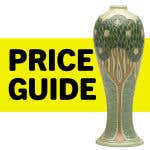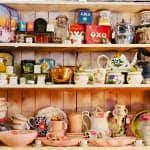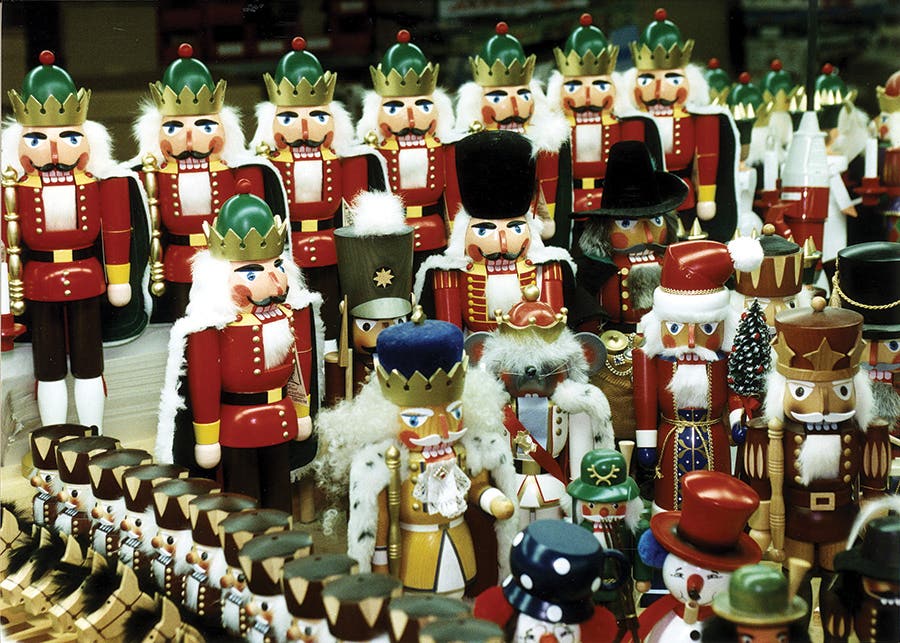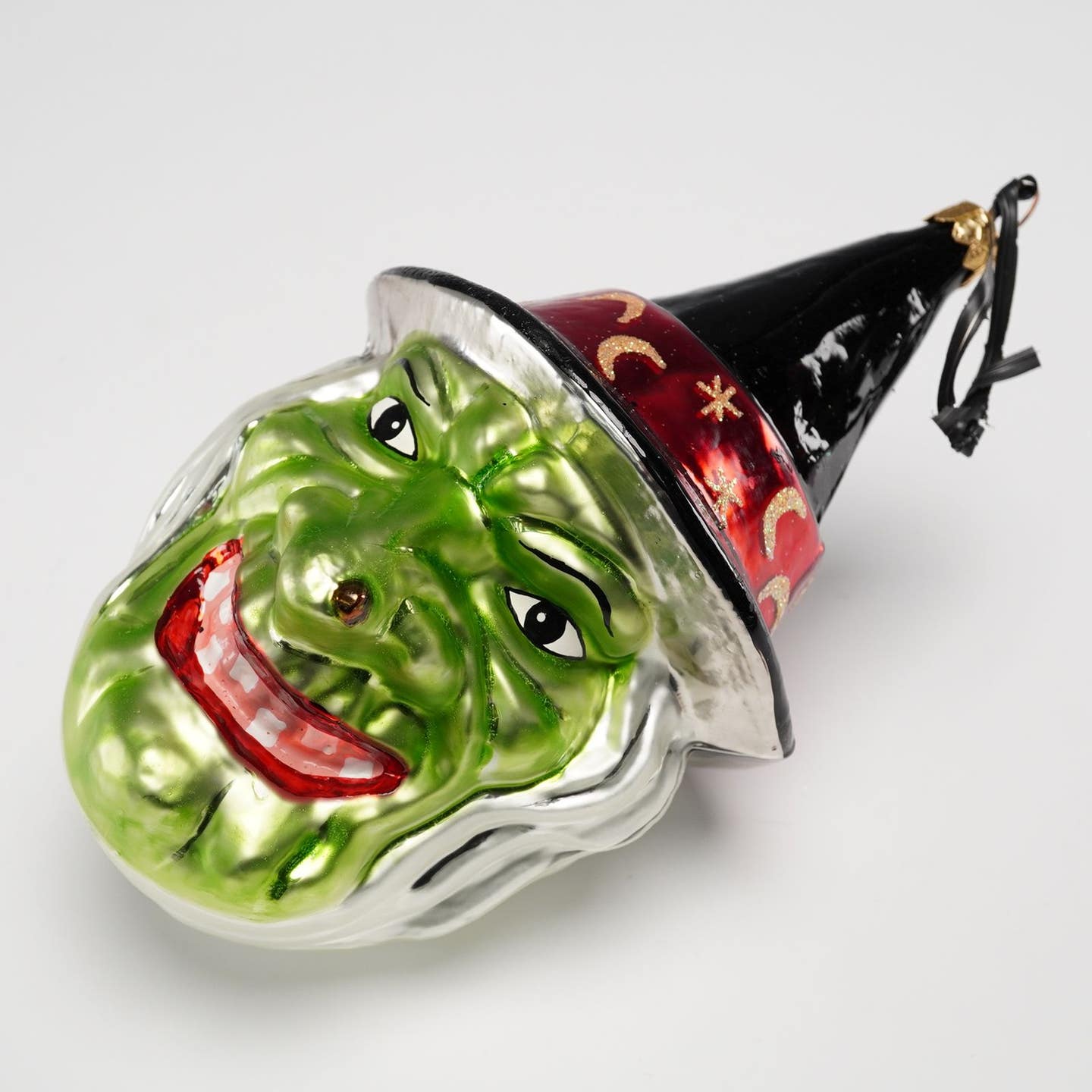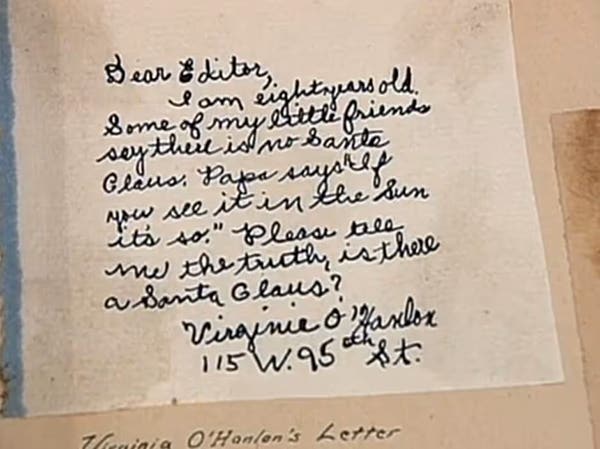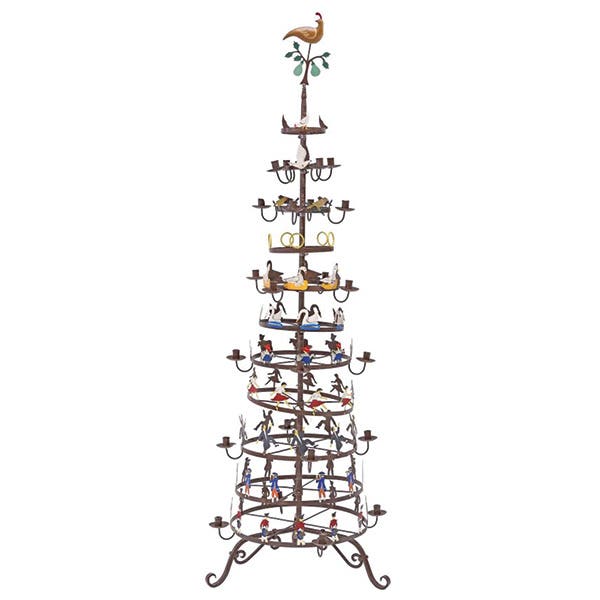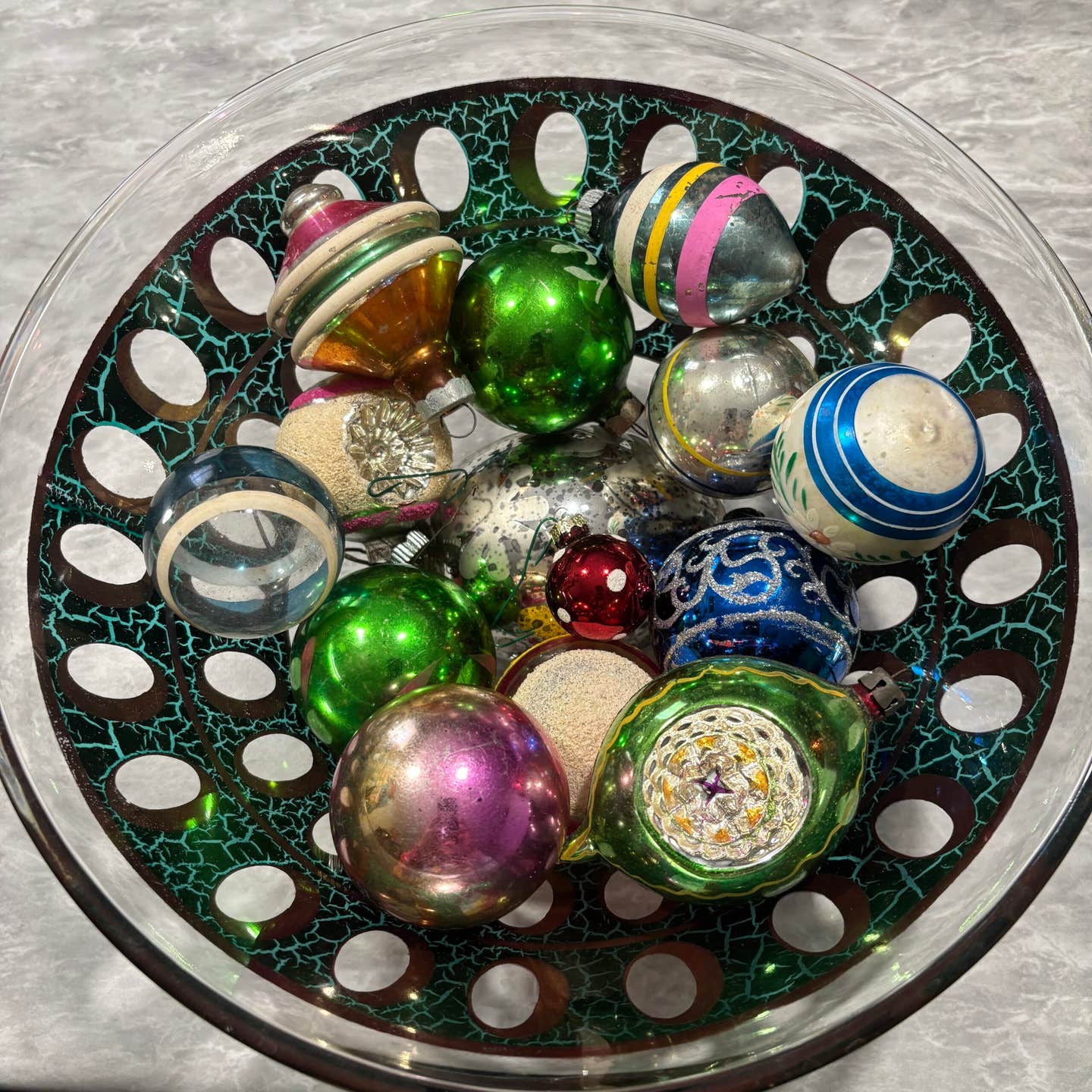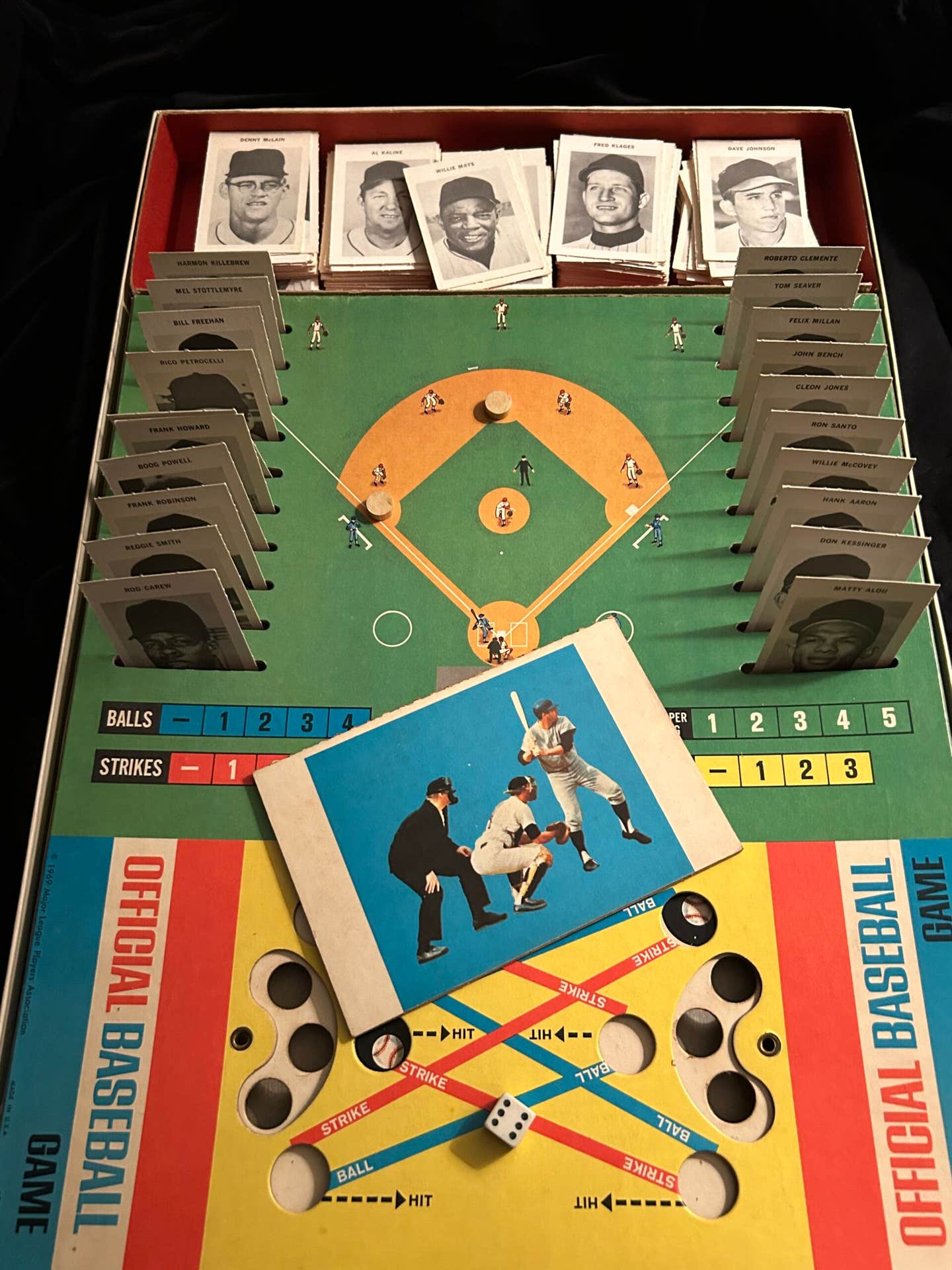Quilt & Coverlet Show
After a year without, the two-day Bergen County (New Jersey) Quilt and Coverlet Show in October offers historic view of almost 200 years of bedcovers.
RIDGEWOOD, N.J. – Sometimes lunch can lead to indigestion and other times it can end with a grand scheme. Such was the case when, in 2018 during lunch, Peggy Norris of the Ridgewood Historical Society and Kay Yeomans of the Upper Saddle River Historical Society, began to plan the Bergen County, New Jersey, quilt and coverlet show scheduled for October 1-2 in Ridgewood.
The show was originally scheduled for September 2020 but 2020 did not cooperate with anyone’s plans.
Their idea was to gather quilts and coverlets from museums and private collections throughout Bergen County for a two-day exhibit. It was a daunting task, the success of which seemed unattainable to many except their small, dedicated committee of seven.
Ultimately, 80 quilts and 36 coverlets from 29 museums and private collections were gathered for the exhibit and the resulting 160 page, full-color, hardcover book, Stitched and Woven, Bergen County Quilt & Coverlets, 1800 to 1976, which can be ordered at www.bergencountyquiltandcoverletshow.com. The book ($25) contains photos of 79 entire quilts, 37 full coverlets and more than 200 stunning, full-color photographs including 95 full-page images by photographer Marion T. Brown.
Many of the quilts and coverlets were made in Bergen County or nearby Rockland County, New York; others were brought to Bergen County by people who settled there during the 20th century.
Bergen County is across the Hudson River from New York City. During the late 17th century, Bergen County was settled by Dutch, English, German, French, African and Polish settlers and has had a strong quilt-making history since the mid-19th century. Quilts and coverlets were considered valuable enough to be listed in family records and wills, which makes it possible to record the provenance of some pieces.
The distinction between a quilt and a coverlet lies in the construction. Coverlets are made from raw materials like cotton and wool on a loom that weaves one row at a time. The raw materials were bleached or dyed, often in indigo or madder against a cream background; early dyes were organic and later, after 1856, aniline (synthetic) dyes were available.
The weaver began weaving the first half of the coverlet at the bottom following the punch-card template then began the second half of the coverlet at the top while reversing the pattern on the punch card. Because looms were not very wide, the coverlet would be made in two panels and handsewn together. The center seam is easily seen upon examination.
Punch cards were obtained from suppliers, which may explain why it is not unusual to see the same pattern in coverlets made by different weavers in the same region. A custom woven coverlet would have cost in the $4 to $5 range with a nominal fee for personalizing the piece with the owner’s name. Coverlets, unlike quilts, are reversible and these inscriptions were woven in backwards as well as forward so they could be read when the coverlet was flipped.
Although coverlets were loomed by both men and women, professional coverlet weavers were typically men. Male weavers often signed the coverlet, if not with their name, then by a unique cipher such as a rooster. David D. Haring used the rooster and a rose with four leaves. Another weaver, I. Christie, also used a rooster and a rose with three leaves. Subtle differences in the rooster are easily identifiable and attributable to these men. Professional male weavers most likely wove coverlets with women’s names and dates on them. Coverlets made by women were usually loomed for their own personal use and were not usually dated or otherwise inscribed.
Early looms were primitive four harness looms on which coverlets of a simple design could be woven. In 1804, Joseph-Marie Jacquard patented a new type of loom, the Jacquard loom, in France; it wasn’t until the mid-1860s that the loom arrived in the United States. This new loom allowed weavers to weave coverlets with creative new motifs like buildings, trees, fruit, tulips, eagles, birds, roosters, hearts, stars and patriotic themes.
Kay Yeomans explained that Bergen County weavers were a localized group with identifiable regional geometric and floral patterns like snowball, windowpane, lover’s knot and pine tree. This insulated weaving community was exposed to very little outside influence whereas weavers in Pennsylvania took their craft to Ohio and weavers from Ohio moved further west to Indiana each carrying their own patterns and adding new patterns as they traveled.
Quilts are made from pre-existing cloth that has been cut and assembled into a pattern. These pieces are sewn together to form a quilt top. The quilt top is then sewn to a backing with filler (also called batting or wadding) in between, very much like a sandwich. The filler was often made of wool although cotton has been used, especially in the south, as well as straw and animal hair. There were bedcovers, called spreads that were made without filler or a backing for use in warmer weather and although they are not quilts by definition, they are often referred to as quilts.
Prior to the mid-19th century, material for clothing was typically rough woven and the clothing worn until it wore out completely. During the mid-19th century, manufactured material became readily available to the middle classes and as a result, there was an abundance of material in vivid patterns. People no longer had to wear their clothing until it was threadbare. When clothing became outdated or worn it was repurposed and it was from this repurposed, manufactured material that 19th century quilts were made.
Quilting began as a functional method of providing warmth through insulation; decorative elements were not a requirement and it is this unrequired embellishment that creates a piece of art from something as practical as a bedcover. During the mid-19th century, the introduction of hand- and foot-powered sewing machines decreased the time and effort of quilt making.
As the 20th century progressed, quilting became less popular in the middle and upper classes. The craft that was once passed from generation to generation largely disappeared in urban and suburban regions. Fortunately, surges in the production of quilts have been stimulated by decorative trends and historic events. The necessity of blankets for troops during World War One made quilt making a patriotic pastime. During the 1920s, the Colonial Revival movement increased the popularity of quilting and World War Two saw a resurgence in signature quilts. For a small fee, merchants and private citizens could have their name embroidered on a quilt that was then raffled, with proceeds going to the Red Cross. The latest renaissance in quilt making occurred during the 1976 Bicentennial. Since that time, the interest in quilt making has steadily increased.
Every three years, beginning in 2009, a quilting survey known as Quilting in America has been performed. The 2020 survey found there are between 9 and 11 million quilters in North America, with females composing 98 percent of these quilters. The same survey estimates the quilting market at $4.2 billion.
The two-day Bergen County Quilt & Coverlet show offers a fascinating glimpse at the history of almost 200 years of bedcovers. For more information, or to order Stitched and Woven, Bergen County Quilt & Coverlets, 1800 to 1976, go to www.bergencountyquiltandcoverletshow.com.
Dr. Anthony J. Cavo is an honors graduate of the Asheford Institute of Antiques and a graduate of Reisch College of Auctioneering. He has extensive experience in the field of buying and selling antiques and collectibles. Cavo is also the author of Love Immortal: Antique Photographs and Stories of Dogs and Their People.
